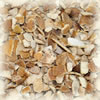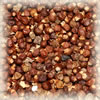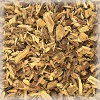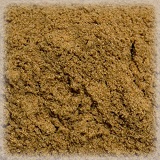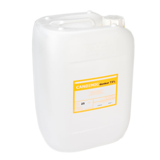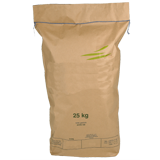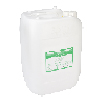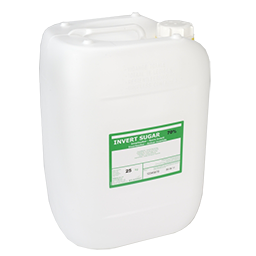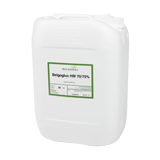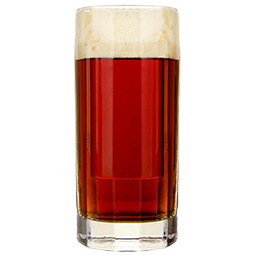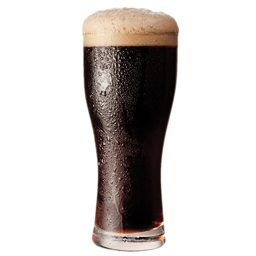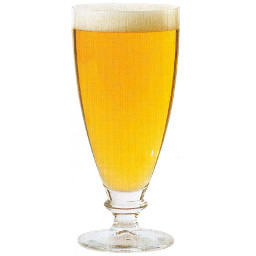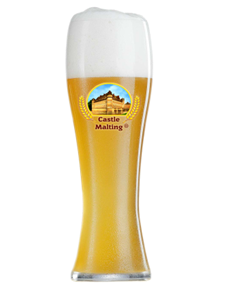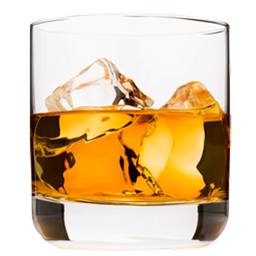Ваш кошик
Ваш кошик порожній
Новини компанії
Наші спеції
Наш цукор
Наші кришки
-
 Кришки для кег 74 мм, Коричневі 154 Flatfitting A-тип (700/Коробка)
Додати до кошика
Кришки для кег 74 мм, Коричневі 154 Flatfitting A-тип (700/Коробка)
Додати до кошика
-

 Crown Caps 26 mm TFS-PVC Free, Чорні col. 2217 Beer Season (10000/Коробка)*
Додати до кошика
Crown Caps 26 mm TFS-PVC Free, Чорні col. 2217 Beer Season (10000/Коробка)*
Додати до кошика
-
 Crown Caps 26 mm TFS-PVC Free, Жовті col. 2165 (10000/Коробка)
Додати до кошика
Crown Caps 26 mm TFS-PVC Free, Жовті col. 2165 (10000/Коробка)
Додати до кошика
-
 Кришки для кег 69 мм, Зелені 147 Grundey G-тип (850/Коробка)
Додати до кошика
Кришки для кег 69 мм, Зелені 147 Grundey G-тип (850/Коробка)
Додати до кошика
-
 Кришки для кег 64мм, Коричневі 153 Sankey S-тип (ЄС) (1000/Коробка)
Додати до кошика
Кришки для кег 64мм, Коричневі 153 Sankey S-тип (ЄС) (1000/Коробка)
Додати до кошика
Рецепти пива
Сертифікати
-
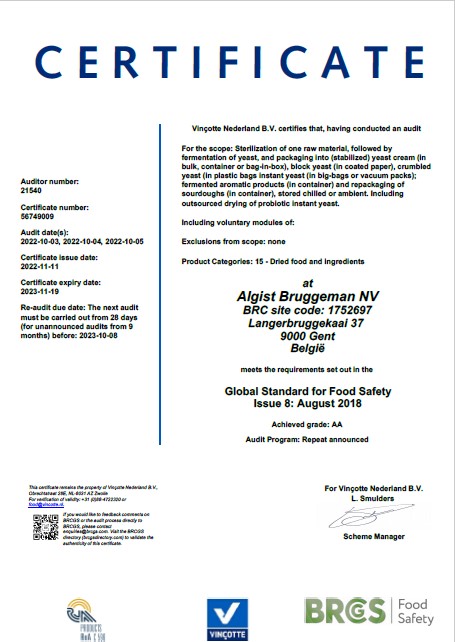 Fermentis Yeast Food Safety Certificate
Fermentis Yeast Food Safety Certificate
-
 Malt Attestation of conformity for non-irradiation, non-ionization, and the absence of nanomaterials 2024 (ENG)
Malt Attestation of conformity for non-irradiation, non-ionization, and the absence of nanomaterials 2024 (ENG)
-
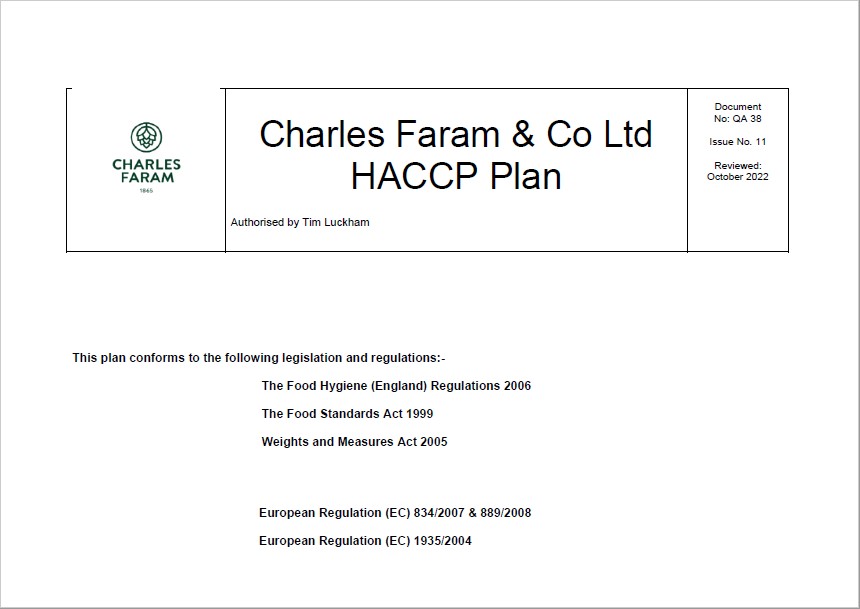 Charles Faram Hops, HACCP Plan QA38, EN 2022
Charles Faram Hops, HACCP Plan QA38, EN 2022
-
 Barth Haas Hops: Organic Certificate 2024-2026
Barth Haas Hops: Organic Certificate 2024-2026
-
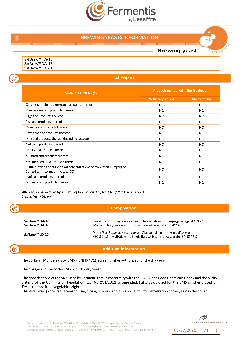 Fermentis - Brewing Yeasts Information ENG - HA-18,_DA-16, LD-20
Fermentis - Brewing Yeasts Information ENG - HA-18,_DA-16, LD-20
Словник
A thermometer scale in which the freezing point of water is 32° and the boiling point is 212°. Abbreviated °F. To convert °Fahrenheit to °Celsius: °F=(°C x 9/5) + 32
A perforated metal or plastic plate, at the bottom of a lauter tun. The purpose of the false bottom is to hold back the solid part of the grain mash, while allowing the clear liquid (wort) to pass through. During lautering, wort is drawn off from the area underneath the false bottom. See also manifold.
Free Amino Nitrogen. Type of protein break down products in the wort. Amino acids and smaller molecules are included. A great nutritional source for yeast.
A hand-operated device used to slice barley kernels in the middle to allow the maltster to determine the degree of malt modification.
Any of numerous saturated or unsaturated aliphatic monocarboxylic acids, including many that occur in the form of esters or glycerides, in fats, waxes, and essential oils.
Also known as a knob, tap knob, tap marker or tap handle. This is the part of the faucet pulled or pushed to open and close the faucet. Handles are made in a wide variety of materials and come in an even wider variety of shapes and sizes from breweries, equipment suppliers, and craftsmen. The Beer Faucet Handle is usually imprinted with the brand logo of the beer being dispensed from the beer dispensing system.
A one-way valve attached to a fermenter to allow carbon dioxide gas to escape while excluding ambient wild yeasts, bacteria and contaminants. It can also serves as a guide to the fermentation process.
Any vessel in which fermentation takes place. In home brewing, fermenters are usually plastic buckets, or carboys (large jugs) made from either plastic or glass. Commercial breweries typically use large stainless steel tanks.
To remove designated impurities and haze by passing the wort through a medium, sometimes diatomaceous earth. Yeast in suspension is often targeted for removal.
Prepared cotton used for beer filtration, at times containing synthetics.
The process of passing beer through a porous substance to clarify it. This process occurs after fermentation.
The specific gravity of a wort after fermentation is complete. See also original gravity.
The finely crushed, flourlike portion of the draff.
Hops added near the end or after the boil to add aroma and flavor. They do not tend to add bitterness.
A measurement or container of beer, which equals one quarter of a barrel (40.9 liters). The firkin is the most popular sized vessel for serving cask conditioned beer.
The heavy, sugar-laden runnings which come out of the lauter tun first, before sparging. In a parti-gyle scheme, the first runnings are used to brew a very strong beer (e.g. a Barleywine), while the second runnings are used for a lower gravity beer.
The practice of adding hops to the kettle during lautering, allowing the hops to steep in the hot wort prior to the boil. Proponents of this procedure claim that it provides a fine hop flavor and aroma, which is more pleasing than that obtained by the use of finishing hops. Supposedly, the hop aroma and flavor compounds bind to other compounds in the wort, stabilizing them and allowing them to survive the boil.
Grains that have been moistened and pressed or rolled into flakes. Flaked grains are gelatinized during the flaking process and can be added directly to the mash.
A type of connector commonly used on beer and gas lines in kegging systems, to allow lines to be reconfigured easily. The male fitting consists of a cylinder with external threads, and a tapered end. The female fitting consists of a flared piece that mates with the tapered end of the male fitting, with a threaded nut over it that screws onto the threads on the outside of the male fitting. Typically, the gas/beer lines have female fittings on them, and the keg disconnects, distribution manifolds, etc. have male fittings. Some male fittings have a plastic coated tip, and can be used without a washer; all-metal fittings should be used with a plastic washer, to ensure a gas (or beer) tight seal.
Hops which are added to the boiling wort, with the intent of adding hop flavors. Flavor hops are generally boiled for less than 20 minutes, to avoid boiling off all of the volatile oils (which give hops their flavor).
The formation of clumps or masses. Usually referring to yeast in later stages of fermentation. Can also be used referring to proteins in a cold or hot break.
The clumping of yeast cells into masses toward the end of the fermentation process. When the yeast flocculates, it contributes to the clarification of the beer.
A traditional germination method that calls for the steeped barley to be spread over a flat surface in order to germinate for approximately 13 days.
Finely ground grain meal. The intentional use of flour is rare in brewing.
This type of grain mill employs one rotating and one fixed plate to grind grain which is forced between the plates by a rotating screw auger. The degree of grinding can be adjusted from a fine flour to a coarse grist by adjusting the distance between the plates. These mills grind rather than crush and do not leave husks entirely intact. Example: Corona mill.
The rate at which the beer pours through the opened faucet of a beer dispensing system. The ideal flow rate for most beers is 2 ounces per second, 120 ounces per minute, nearly one gallon of beer per minute. The flow rate is influenced by the pressure applied to the keg, and by the amount of restriction built into the beer lines and hardware used in the beer dispensing system.
An ion sometimes added to drinking water in communities across the United States but which has little or no effect on the outcome of beer brewed with that water.
Typically seen with champagne. Beer flutes have shorter stems than champagne flutes. The mouth has a smaller diameter than the mid section to hold in carbonation.
The artificial addition of carbonation to beer by forcing it into suspension, resulting in slightly larger bubbles.
A stronger version of Dry Stout. Bottled Guinness is a Foreign Extra Stout.
A Belgian-style beer made with raspberries.
A measure of the amount of amino acids present in the wort. Amino acids are produced during malting and mashing, as enzymes break down proteins in the grain. Amino acids are an essential yeast nutreient. Worts that have a high percentage of non-malt sugars (refined sugar, honey, etc.) may suffer from insufficient free amino nitrogen, resulting in a sluggish or stuck fermentation.
The process of concentrating the alcohol in a fermented beverage by freezing the beverage, then removing the ice crystals, either by skimming or filtration. Since water freezes before alcohol, this process removes disproportionately more water, leaving behind a solution which has a higher concentration of alcohol.
Ease of pulverizing, mellowness.
Commonly known as fruit sugar, fructose differs from glucose by have a ketone group rather than an aldehydic carbonyl group attachment.
1) Any of a group of plants comprising the molds, mildews, rusts, smuts, mushrooms, etc.
2) (Plural: Fungi) A Eukaryote possessing a cell wall. Fungi cannot conduct photosynthesis and they feed on organic matter. Fungi include mushrooms and moulds.
2) (Plural: Fungi) A Eukaryote possessing a cell wall. Fungi cannot conduct photosynthesis and they feed on organic matter. Fungi include mushrooms and moulds.
A group of higher molecular weight alcohols that esterify under normal conditions. When present after fermentation, fusels have sharp solvent-like flavors and are thought to be partly responsible for hangovers.





